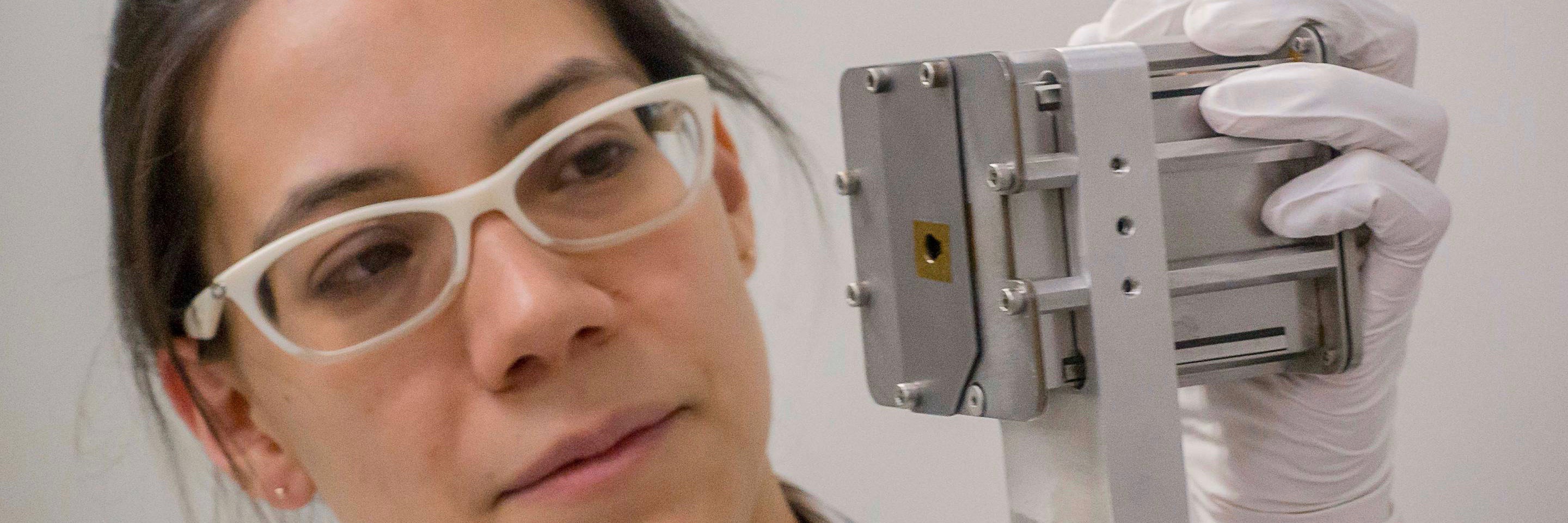 Princeton scientists have identified more than 2,000 of these “super-Earths,” exoplanets that are larger than Earth but smaller than Neptune, the next-largest planet in our solar system. By studying how iron and silicon alloys respond to extraordinary pressures, scientists are gaining new insights into the nature of super-Earths and their cores.
Princeton scientists have identified more than 2,000 of these “super-Earths,” exoplanets that are larger than Earth but smaller than Neptune, the next-largest planet in our solar system. By studying how iron and silicon alloys respond to extraordinary pressures, scientists are gaining new insights into the nature of super-Earths and their cores.
Princeton Weekly Bulletin
